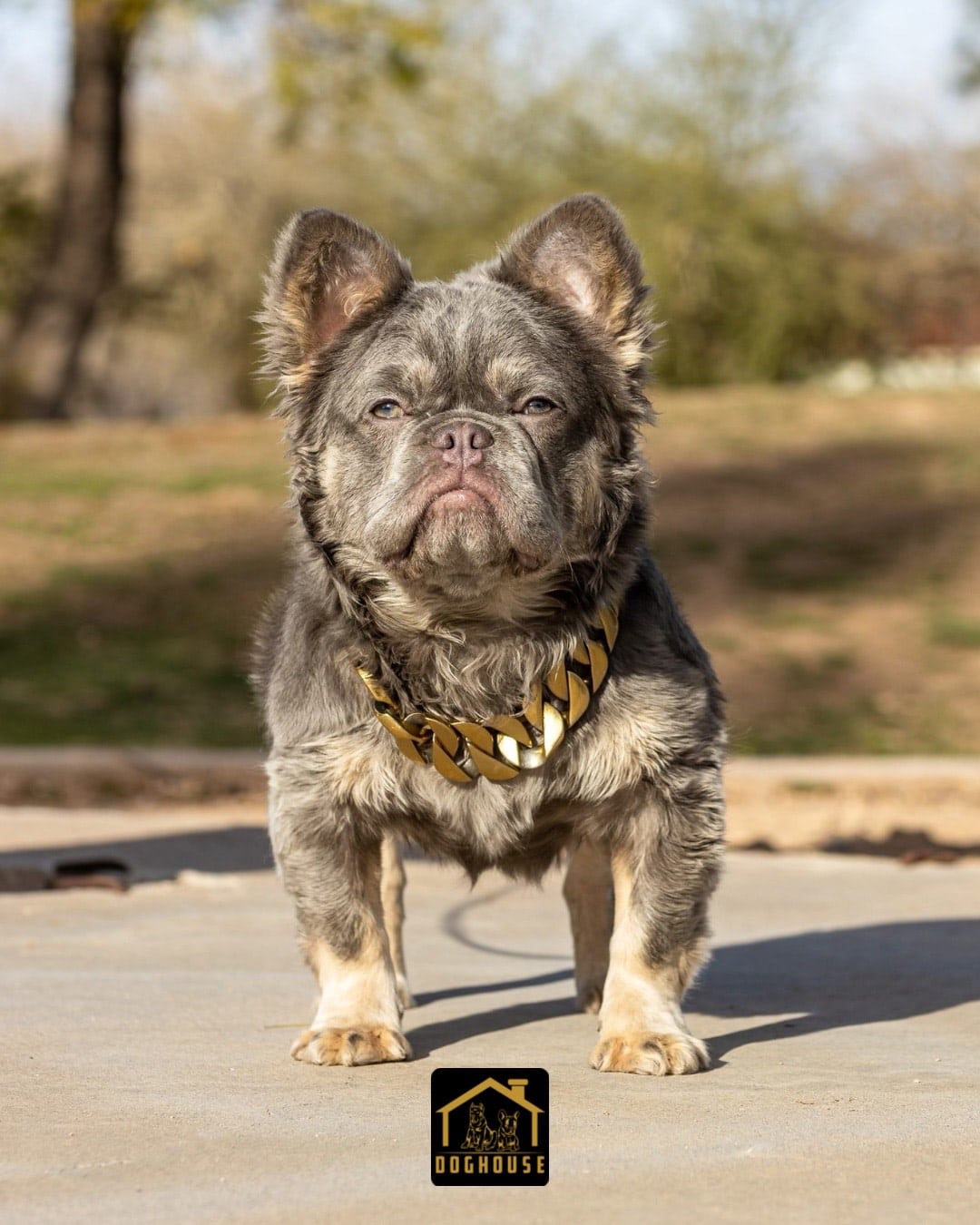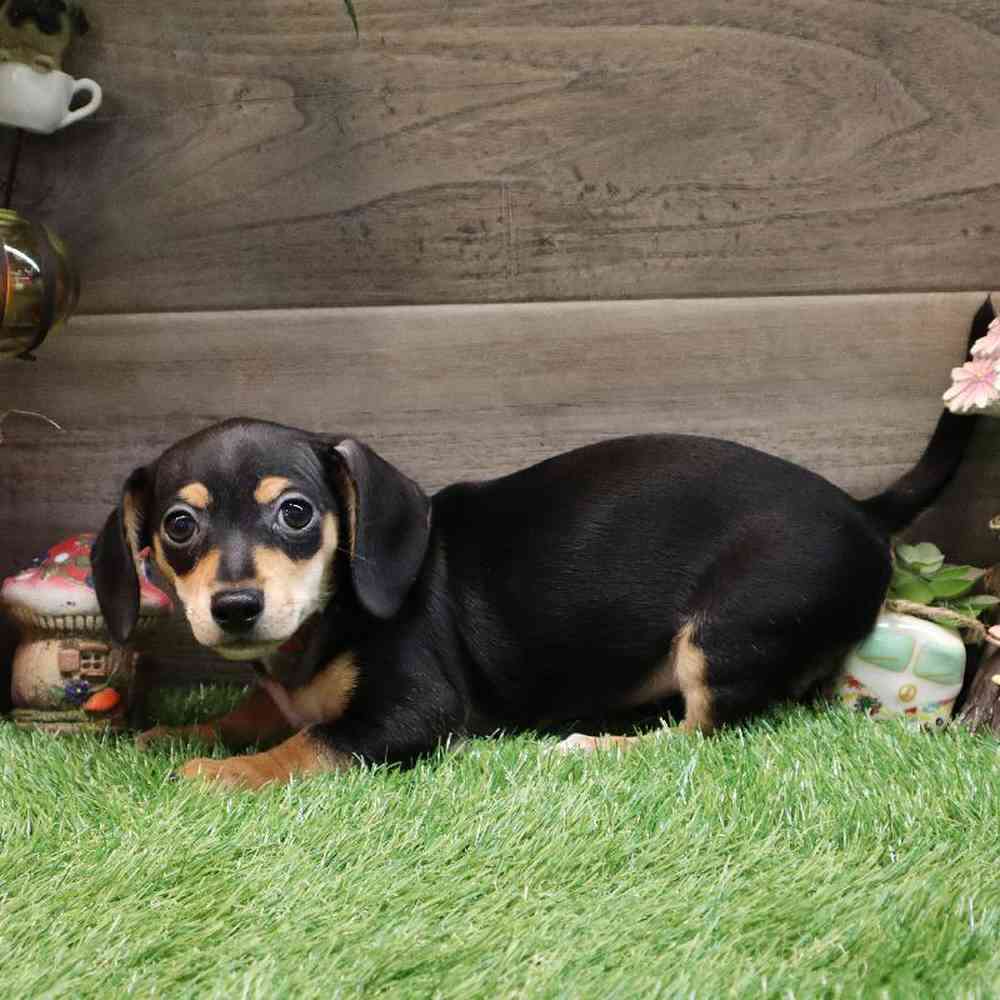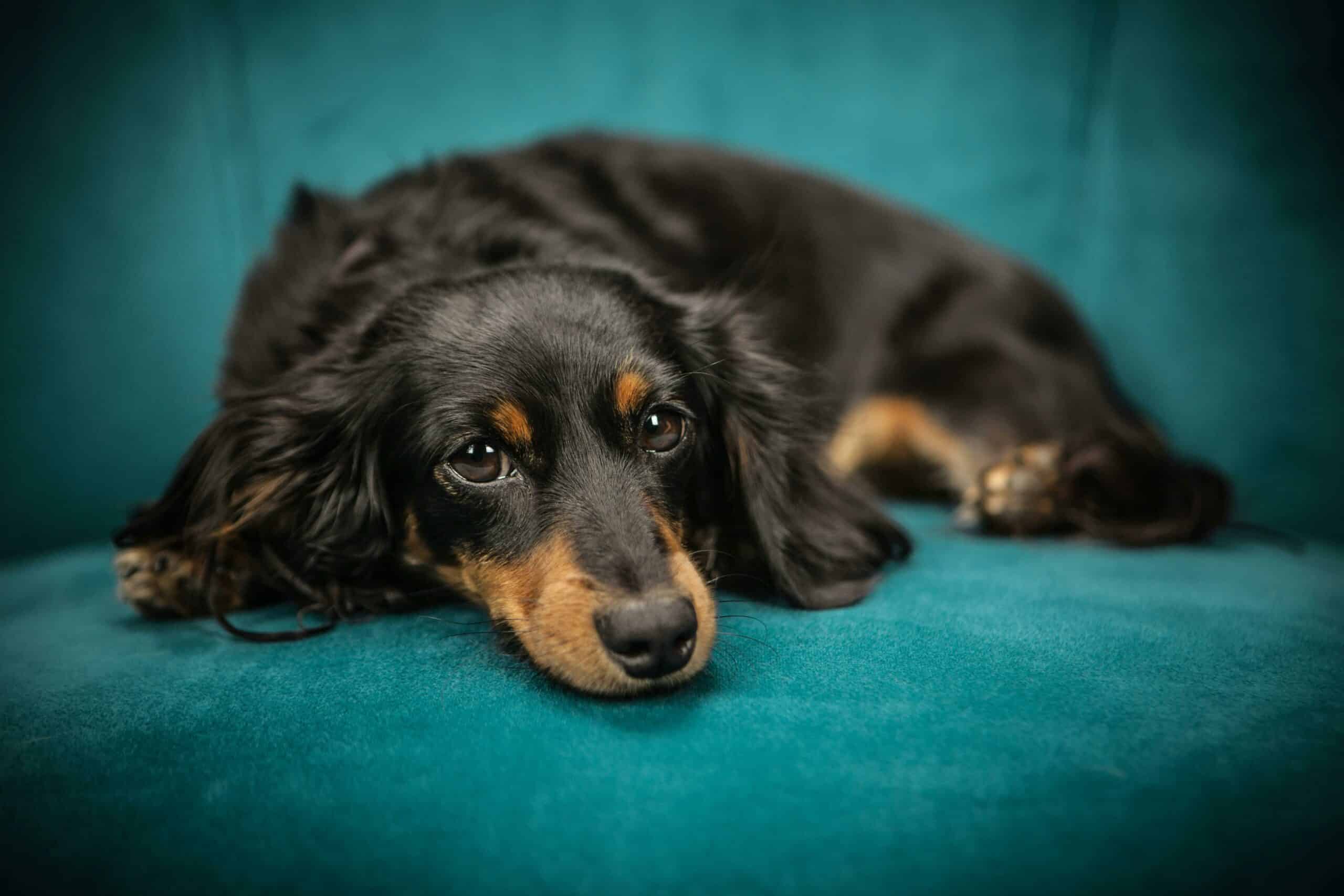The Bernedoodle is a captivating and beloved hybrid breed that marries the best qualities of the Bernese Mountain Dog and the Poodle. Known for their gentle temperament, intelligence, and remarkable trainability, Bernedoodles have quickly become a favorite among dog enthusiasts. This crossbreed typically inherits the Poodle’s hypoallergenic coat and the Bernese Mountain Dog’s loyal and affectionate nature, making them ideal family pets. With their playful and cuddly demeanor, Bernedoodles are perfect companions for those seeking a loving and adaptable dog that thrives in various environments and lifestyles.
History
The Bernedoodle, a delightful hybrid breed, was created by crossing the Bernese Mountain Dog with the Poodle. This mix aims to combine the best traits of both parent breeds: the Bernese Mountain Dog’s loyal and gentle nature with the Poodle’s intelligence and hypoallergenic coat. The history of the Bernedoodle began in 2003 when Sherry Rupke of SwissRidge Kennels in Canada first bred these dogs in response to the growing popularity of “doodle” breeds, which are known for their desirable coat qualities and family-friendly temperaments. The Poodle, which originated in Germany and France in the early 1400s, was originally bred for waterfowl hunting, bringing its intelligence and low-shedding coat to the mix [3]. Since their inception, Bernedoodles have become increasingly popular due to their versatility, affectionate nature, and suitability for various living environments.
Bernedoodle Temperament
The Bernedoodle, a cross between the Bernese Mountain Dog and the Poodle, is renowned for its delightful temperament that makes it an exceptional family pet. These dogs are highly affectionate, displaying a loyal and loving nature that endears them to their owners. They are known for their playful and energetic demeanor, which is often balanced by moments of calm and cuddles. Bernedoodles are intelligent and eager to please, making them highly trainable and responsive to positive reinforcement methods.
In addition to their sweetness and smarts, Bernedoodles can exhibit a stubborn streak, particularly during their puppy years, which requires consistent and patient training. Their social and friendly disposition means they thrive on interaction and can suffer from separation anxiety if left alone for extended periods. Overall, Bernedoodles are gentle, good-natured, and adaptable, making them wonderful companions for families, singles, and seniors alike.
Bernedoodle Price
The price of Bernedoodles can vary significantly based on factors such as breeder reputation, lineage, coat type, and location. The cost for a Bernedoodle puppy typically ranges between $2,000 and $5,000. Standard Bernedoodles generally cost between $2,500 and $4,000, while mini Bernedoodles and those with rare coat colors can command higher prices, often between $3,000 and $5,000.
Additional Cost
In addition to the initial purchase price of a Bernedoodle, which can range from $1,500 to $5,000, there are several additional costs associated with owning this breed. These include:
- Grooming: Regular grooming is essential for Bernedoodles due to their coat type. Grooming costs can range from $80 to $160 every 8-10 weeks, depending on location and groomer experience [2].
- Healthcare: Veterinary expenses, including vaccinations, routine check-ups, and potential emergency care, can add up. Annual veterinary care can cost several hundred dollars, and pet insurance is an additional consideration [4].
- Training: Professional training or obedience classes may be necessary, especially for young or stubborn Bernedoodles. Training sessions can range from $30 to $100 per session depending on the trainer and the specific needs of the dog.
- Food and Supplies: High-quality dog food, treats, and necessary supplies such as leashes, collars, and toys are ongoing expenses. These costs can vary but typically amount to around $500 to $1,000 annually.
- Miscellaneous: Additional costs may include pet sitting or boarding fees, which can be significant if you travel frequently.
These ongoing costs should be factored into the budget when considering the long-term commitment of owning a Bernedoodle.
Bernedoodle Life Expectancy
The life expectancy of a Bernedoodle, a cross between a Bernese Mountain Dog and a Poodle, varies depending on its size and genetic makeup. On average, Bernedoodles live between 12 to 15 years. Standard Bernedoodles, the largest of the breed, typically have a lifespan of 12 to 15 years. Mini and toy Bernedoodles, being smaller, often enjoy longer lifespans, sometimes reaching up to 18 years.
The longevity of Bernedoodles can be attributed to the hybrid vigor they inherit from being a mixed breed, which often results in fewer genetic health issues compared to purebreds. However, like all dogs, their lifespan can be influenced by factors such as diet, exercise, veterinary care, and overall living conditions. While the average lifespan provides a general guideline, individual Bernedoodles may live shorter or longer lives depending on their unique circumstances.
Common Health Issues
Bernedoodles, like all dog breeds, are susceptible to certain health issues, although they often benefit from hybrid vigor due to their mixed heritage. Common health concerns for Bernedoodles include:
- Hip and Elbow Dysplasia: Both parent breeds, the Bernese Mountain Dog and the Poodle, are prone to hip dysplasia, a genetic condition where the hip joint doesn’t develop properly. This can lead to arthritis and mobility issues.
- Eye Problems: Bernedoodles can be predisposed to various ocular diseases, including progressive retinal atrophy (PRA) and cataracts, which can lead to blindness if not managed properly.
- Allergies: These dogs may suffer from allergies, which can manifest as skin issues like hot spots or food sensitivities. They can also be allergic to certain topical substances such as shampoos or flea medications.
- Cancer: Like many breeds, Bernedoodles can be at risk for certain types of cancer, particularly those common in Bernese Mountain Dogs. Regular veterinary check-ups can help in early detection and management.
- Orthopedic Issues: Aside from hip and elbow dysplasia, Bernedoodles might also face other orthopedic challenges, such as patellar luxation, where the kneecap dislocates.
Proper genetic testing, a balanced diet, regular exercise, and routine veterinary care are essential in mitigating these health issues and ensuring a healthy life for Bernedoodles.
Bernedoodle Size
Bernedoodles come in a variety of sizes, each influenced by the size of the Poodle parent and the breeding generation. The main size categories of Bernedoodles are:
- Standard Bernedoodle: These are the largest Bernedoodles, typically weighing between 70 to 90 pounds and standing around 23 to 29 inches at the shoulder. They result from breeding a Bernese Mountain Dog with a Standard Poodle.
- Mini Bernedoodle: Mini Bernedoodles usually weigh between 25 to 49 pounds and have a height of 18 to 22 inches. They are bred from a Miniature Poodle and a Bernese Mountain Dog.
- Tiny (or Toy) Bernedoodle: The smallest type, Tiny Bernedoodles, weigh between 10 to 24 pounds and are about 12 to 17 inches tall. They are typically a cross between a Mini Bernedoodle and a Toy Poodle.
These size variations provide potential owners with options that can fit different living situations, whether they are looking for a larger companion or a smaller dog that is easier to manage in a compact space.
Standard Bernedoodle Weight by Month
| Month | Male Weight (lbs) | Female Weight (lbs) |
|---|---|---|
| 1 | 5 – 10 | 4 – 8 |
| 2 | 10 – 20 | 8 – 15 |
| 3 | 20 – 30 | 15 – 25 |
| 4 | 30 – 40 | 25 – 35 |
| 5 | 40 – 50 | 35 – 45 |
| 6 | 50 – 60 | 45 – 55 |
| 7 | 55 – 65 | 50 – 60 |
| 8 | 60 – 70 | 55 – 65 |
| 9 | 65 – 75 | 60 – 70 |
| 10 | 70 – 80 | 65 – 75 |
| 11 | 75 – 85 | 70 – 80 |
| 12 | 80 – 90 | 75 – 85 |
Mini Bernedoodle Weight by Month
| Month | Male Weight (lbs) | Female Weight (lbs) |
|---|---|---|
| 1 | 2 – 4 | 1.5 – 3.5 |
| 2 | 6 – 8 | 5 – 7 |
| 3 | 8 – 12 | 6 – 10 |
| 4 | 10 – 15 | 8 – 12 |
| 5 | 15 – 20 | 12 – 15 |
| 6 | 20 – 25 | 15 – 20 |
| 7 | 25 – 30 | 20 – 25 |
| 8 | 27 – 32 | 22 – 27 |
| 9 | 28 – 35 | 24 – 30 |
| 10 | 28 – 37 | 25 – 32 |
| 11 | 28 – 40 | 25 – 35 |
| 12 | 28 – 45 | 25 – 40 |
Toy Bernedoodle Weight by Month
| Month | Male Weight (lbs) | Female Weight (lbs) |
|---|---|---|
| 1 | 1 – 2 | 0.8 – 1.5 |
| 2 | 2 – 3 | 1.5 – 2.5 |
| 3 | 3 – 4 | 2.5 – 3.5 |
| 4 | 4 – 5 | 3.5 – 4.5 |
| 5 | 5 – 6 | 4.5 – 5.5 |
| 6 | 6 – 7 | 5.5 – 6.5 |
| 7 | 7 – 8 | 6.5 – 7.5 |
| 8 | 8 – 9 | 7 – 8 |
| 9 | 9 – 10 | 8 – 9 |
| 10 | 9 – 10 | 8 – 9 |
| 11 | 9 – 11 | 8 – 10 |
| 12 | 10 – 12 | 9 – 11 |
Bernedoodle Colors
Bernedoodles, a cross between Bernese Mountain Dogs and Poodles, exhibit a wide variety of coat colors, reflecting the genetic diversity of their parent breeds. Common coat colors and patterns include:
- Tri-Color: The classic Bernedoodle look, usually featuring a black base with tan points and extensive white markings. This pattern mimics the traditional Bernese Mountain Dog coloration.
- Phantom: A black or dark base color with distinct tan markings, often found on the eyebrows, chest, and legs.
- Sable: Sable Bernedoodles have a coat that changes color as they age, often featuring a mix of dark and light hairs that give a shaded effect.
- Solid Colors: Bernedoodles can also be found in solid colors such as black, brown, cream, and apricot.
- Bi-Color: These coats typically feature two distinct colors, often a combination of black and white or brown and white.
- Parti: A coat pattern where the dog has large patches of two or more colors, creating a striking and unique appearance.
Each Bernedoodle’s coat is unique, and the variety in their appearance makes them a favorite among dog enthusiasts who appreciate both beauty and individuality in their pets.
Bernedoodle Image

Bernedoodle Grooming Needs
Bernedoodles require regular grooming to maintain their coat’s health and appearance. Here are the key grooming needs for Bernedoodles:
- Brushing: Daily brushing is recommended to prevent tangles and mats. Use a slicker brush or a pin brush designed for curly coats. Brushing two to three times a week is essential, but more frequent brushing may be needed to keep the fur looking shiny and healthy.
- Bathing: Bernedoodles should be bathed every two to three months or as needed if they get particularly dirty. Use a gentle, dog-specific shampoo to avoid skin irritation.
- Haircuts and Trims: Regular haircuts and trims should be done every six weeks to maintain a manageable coat length and prevent matting. Professional grooming every 12 weeks is also recommended to ensure proper coat care.
- Mat Prevention: Line brushing, which involves brushing the hair layer by layer, is crucial to prevent mats, especially for curly and wavy coats.
- Tools: Essential grooming tools include a slicker brush, pin brush, and grooming comb. These tools help remove tangles, loose hair, and maintain the coat’s texture.
Regular grooming ensures that Bernedoodles stay comfortable, look their best, and maintain healthy skin and coat.
Bernedoodle Feeding Needs
Bernedoodles have specific feeding needs that vary based on their age, size, and activity level. Here are the key guidelines for feeding Bernedoodle puppies and adults:
Feeding Puppies
- Frequency: Young Bernedoodle puppies (2 to 6 months) should be fed three times a day. As they grow older, the feeding frequency can be reduced to two meals per day.
- Amount by Age:
- 8 to 12 weeks: Start with 1 cup of kibble three times a day. If they finish their meals, you can increase by an additional 1/4 cup per meal.
- 3 to 6 months: Feed around 2 to 3 cups per day, divided into three meals.
- 6 to 11 months: Gradually adjust to 3 to 4 cups per day, divided into two meals.
- Caloric Needs: Ensure the puppy food is high-quality and rich in protein to support their growth and development.
Feeding Adults
- Standard Bernedoodle: Adult standard Bernedoodles typically need 3 to 4 cups of high-quality dog food per day, divided into two meals. Adjust the amount based on their activity level and metabolism.
- Mini and Toy Bernedoodle: Smaller Bernedoodles generally require 1 to 2 cups per day, split into two meals. Ensure the food meets their nutritional requirements without overfeeding.
- Diet Balance: A balanced diet for Bernedoodles includes a mix of proteins, fats, and carbohydrates, along with essential vitamins and minerals to maintain their health and energy levels.
Regular monitoring and adjustments based on their weight and activity level will help keep your Bernedoodle healthy and thriving.
Conclusion
In conclusion, the Bernedoodle is a delightful and versatile hybrid breed that combines the best traits of the Bernese Mountain Dog and the Poodle. Known for their affectionate, loyal, and intelligent nature, Bernedoodles make excellent family pets and companions. Their varied coat colors and sizes, ranging from standard to mini and toy, allow potential owners to find the perfect match for their lifestyle. Bernedoodles are generally healthy, although they do require regular grooming and proper care to maintain their coats and overall well-being. With their friendly demeanor and adaptability, Bernedoodles continue to grow in popularity among dog enthusiasts who appreciate their unique blend of charm and practicality. If you are looking a Bernedoodles for sale try our DogHouse Puppy Finder app!











